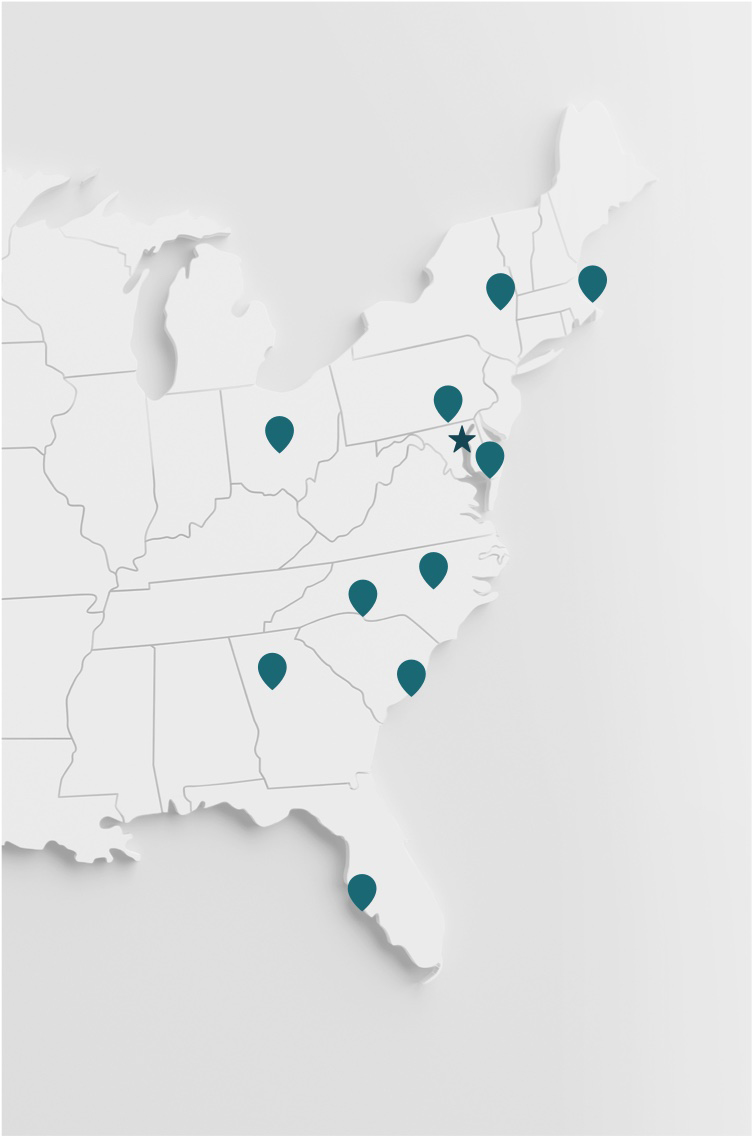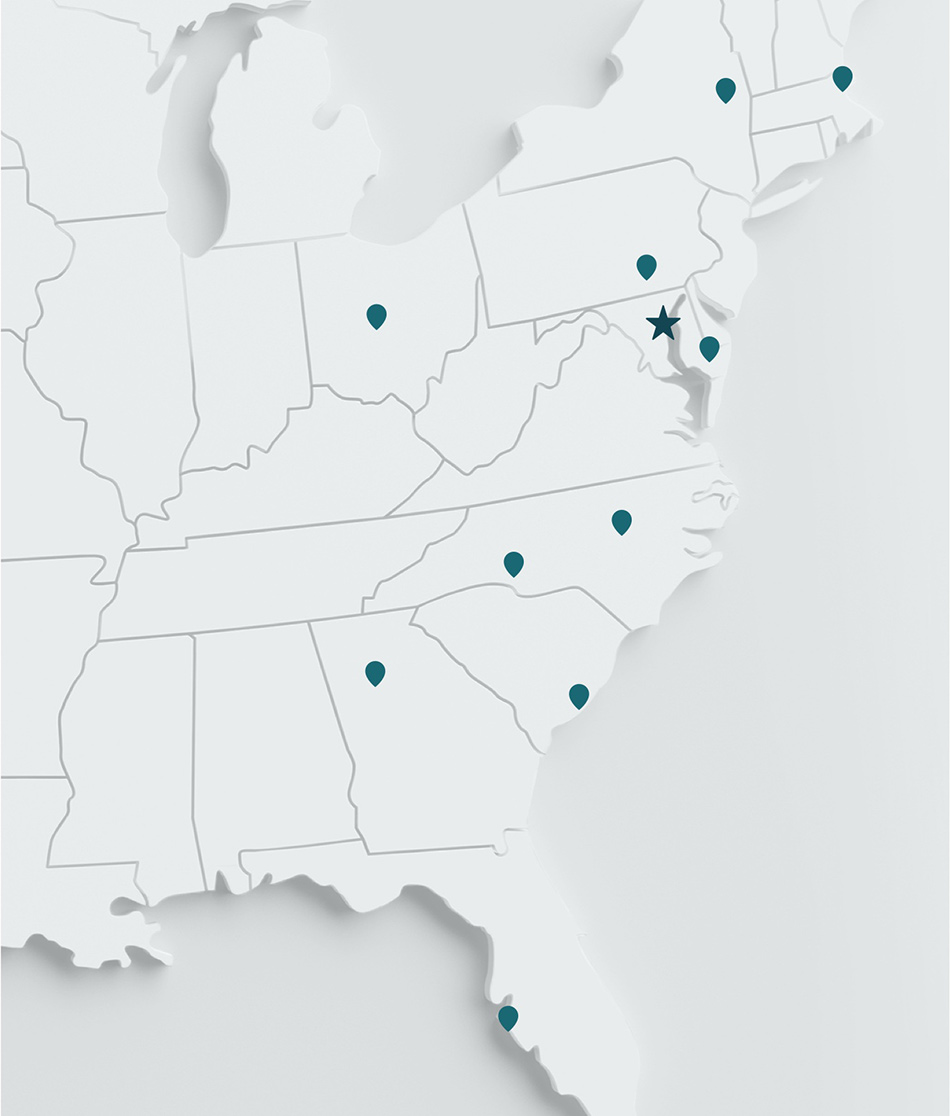
Hydraulic modeling for utility infrastructure systems can often help distribution owners and operators understand many important parameters of their systems. These pipeline software models utilize long-standing fluid dynamics equations developed for either chilled or hot water distribution, as well as steam and condensate networks, or even natural gas or domestic water systems.
Models can help diagnose the causes of problems, and they can be predictive to warn of customer delivery issues before they actually happen; but the hydraulic models are only as good as the quality of information that is put into them. When they are created, computer models use assumptions, which are often based on good engineering judgment. Read more.
*Requires login

